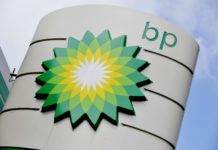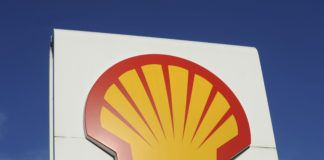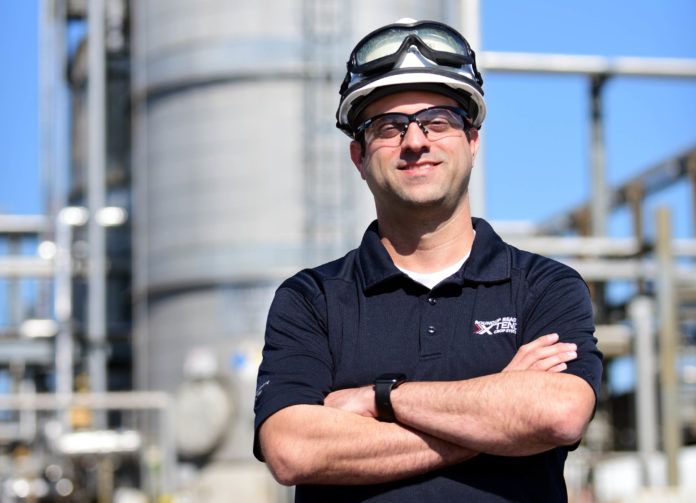
Time is money, and that’s entirely too evident in the world of industrial maintenance. Planned turnarounds at Gulf Coast plants account for a mere 25% of maintenance downtime, with the remainder coming from unplanned breakdowns, outages and shutdowns.
While planned turnarounds directly impact an owner’s bottom line, the real financial danger comes from unexpected events. That’s why industry has begun to turn its collective eye to a “predictive maintenance” strategy in the last five years, as it seeks to transform maintenance from a time-based process to one based on need.
Predictive maintenance incorporates predictive analytics and machine-learning algorithms based on historical and real-time data to identify specific issues. In addition to helping prevent downtime, a predictive maintenance approach can better identify true maintenance needs and can be useful in industries where the uptime of critical assets drives the bottom line.
In Luling, Bayer Crop Science hopes to become an industry leader in this regard, as it integrates three key components of predictive maintenance during its current $975 million fertilizer plant expansion, to be completed later this year. Formerly owned by Monsanto, the plant hopes to change the way equipment health data is integrated into its business systems for better decision-making and increased asset availability.
Bayer believes it can use the new production facility as a means to develop better systems for reduced downtime across all its plants. In the process, it hopes to increase equipment availability, reduce staff exposure to hazardous locations and reduce the risk of cross-contamination with the existing facility.
Derek Taravella, the maintenance and reliability systems technology specialist for Bayer Crop Science, is working to support integration activities on a global scale, developing a new “one company strategy” for maintenance and reliability systems.
He categorizes predictive maintenance into three categories: Advanced Instrumentation for acquiring data and information from the assets, Asset Performance Management (APM) for analyzing the data, and Computerized Maintenance Management Systems (CMMS) for managing the execution of the prescribed maintenance.
Taravella believes these solutions work best when they’re fully integrated, meaning they’re linked from the shop floor all the way to the technician who actually executes the work. In that regard, he feels Bayer has made significant progress. “We’re in the process of integrating Emerson advanced instrumentation technologies, such as our vibration monitoring and instrumentation diagnostic tools, with our APM tools. Our vision is to integrate these tools with the APM tool, and then the APM tool with the CMMS system.”
In Geismar, BASF began enhancing its Predictive Maintenance programs two years ago, driven largely by the availability of new high-tech tools. Scott Waguespack, BASF-Geismar’s site technical expertise manager, says the company rolled out a new corporate strategy in December that focuses heavily on digitalization and predictive maintenance, chiefly through new wireless infrastructure. Waguespack is responsible for technical expertise, resources and programs as they pertain to the plant’s fixed and rotating equipment.
BASF’s new investment represents a sizeable shift for the company from preventive (or time-based) maintenance to predictive. “If you go back 10 to 20 years, our maintenance programs were still very labor intensive,” he says.
“They were route-based, meaning you had personnel that completed a migration route or a sampling route. You had to have people out there obtaining the data and then you came back and analyzed that data, piece by piece.”
The biggest advancement has been in the implementation of wireless technology, a significantly more cost-effective method for monitoring equipment. Before, it was an expensive proposition to hard-wire a system and run it back to the control system, then route the information to the technicians, who would then analyze the data. “You can implement wireless infrastructure more cost-effectively and have wireless transmitters going to a hub, that then goes to a database. At that point, you’re only looking for the outliers (anomalies), so that’s a huge efficiency gain.”
BASF implemented its first full site wireless infrastructure network two years ago, and is currently in the middle of its second iteration of the technology. “If you set the network up correctly, you can put virtually anyone’s sensors in the field and have them talk to the network,” Waguespack says. “Then the network gets the data back to you.”
A big fan of the methodology, he says predictive maintenance puts the focus squarely on safety, efficiency, reliability and asset effectiveness, with reliability being the primary driver. “You’re more efficient and safer because you eliminate exposures, and you’re more effective with your assets,” he adds. “But to make your equipment more reliable, you need to be able to predict those events and monitor their health much better.”
Tools of the trade
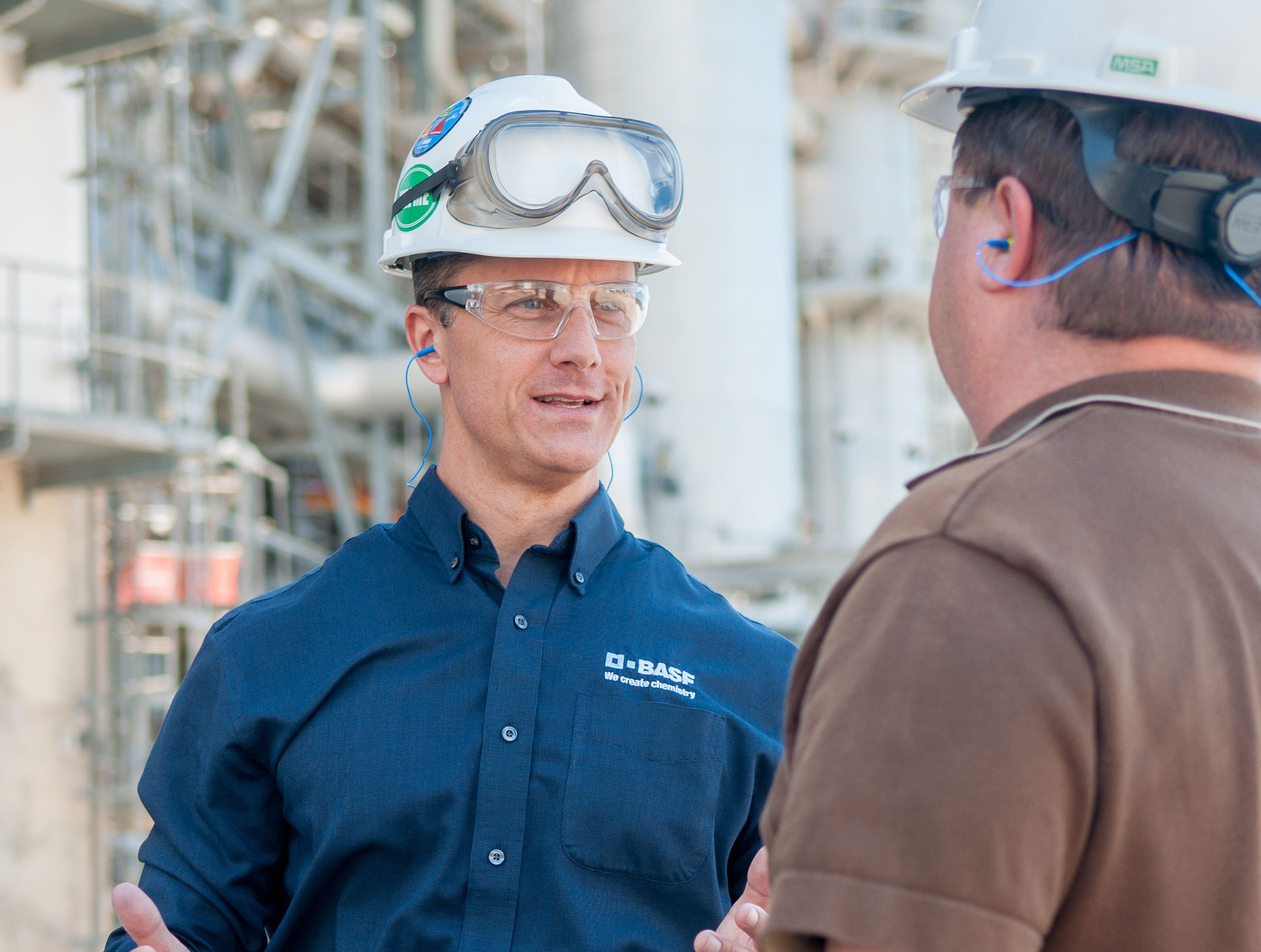
Will Goetz, vice president for digital transformation at Emerson U.S., a predictive technology provider and consultant, says the time-based method of maintaining equipment is based on outdated principles.
Goetz helps companies examine their operations in order to find ways to improve, lower energy costs and lower emissions. “The theory behind preventive (as opposed to predictive) maintenance is based upon the old World War II approach to equipment, where they determined that equipment was going to have a pre-defined breakdown cycle. In that case, you perform maintenance on a periodic basis and thereby catch them just before they break.”
That approach, however, has been debunked by a number of studies, as the time-based approach is ultimately more costly since repairs are often performed on assets that don’t need repairing.
Alternatively, a host of predictive technologies can provide information about the health of the system, and provide advance warnings when things go awry. Technologies such as oil analysis can yield more than six months of planning time, and vibration analysis can yield three to six months. “You can get significant advanced notice that an asset is having an issue, then plan to work that with the production cycle,” Goetz says. “When it’s done really well, you’re not just determining that an asset has a problem, you can get to the point of prescriptive maintenance.”
Emerson has a broad portfolio of products that support the implementation of predictive maintenance processes, as well as provides consulting services to help companies adapt to the predictive model. While at a plant, Goetz and his team help set up a CMMS to ensure that the data truly represents the assets. At most locations, the implementation of the predictive maintenance methodology can take anywhere from six months to a year.
In the process of designing a predictive maintenance strategy, a Failure Mode and Effects Analysis is usually conducted to determine which assets require predictive maintenance and which are appropriate for time-based, or preventive, maintenance.
Bayer’s Luling facility uses a handful of Emerson products to identify performance issues associated with instrument and valve health, wireless predictive vibration monitoring and consolidated equipment health alerts. The company is investing $10 million to $14 million in a fully integrated predictive maintenance solution as part of its current expansion, which will be transferable to its global operations.
Culture change
BASF’s Waguespack says today’s predictive maintenance technology is more user friendly, and as such doesn’t require a lot of laborious training.
“There is some training for our folks, but the devices have come so far in the last few years that it’s almost like your home electronics,” he adds. “Now, things are infinitely easier, and you can actually set up some of these devices from your cell phone.”
Nonetheless, the shift from reactive to predictive maintenance represents a significant cultural change for many plants. “In some cases, you’re working on equipment that did not fail, so you’re asking operations to take something out of service to avoid a much bigger issue down the road,” Waguespack says. “It doesn’t necessarily change your planning schedule or your maintenance execution process, but it does change the maintenance culture.”
As plants transform their maintenance operations by incorporating more technology-based applications, one thing is clear: the implementation of predictive maintenance methodology will likely require a dramatically different skill set from its workers.
That’s good news for the Millennial, as Taravella says Luling’s Bayer plant will need workers who are computer literate and comfortable using the technology.
This is particularly important as Baby Boomers retire in greater numbers.
“It’s definitely one of the discussions that we’ve had,” he adds. “How is this going to change how our people work? And how do we make sure we’ve got the right people and the right skill sets to utilize these tools?
“So far, it has been pretty well received. Obviously, a lot of what we’re doing is still early, because it is a production facility still under construction. But we’re making a lot of progress and steps in a direction that I think will set us up for the future.”
While some companies have managed to standardize predictive maintenance processes on a national or global scale, Emerson’s Goetz says local site leadership typically drives implementation.


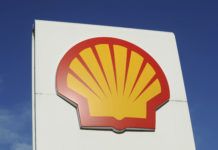
![Mullin takes its unique high-end landscaping skillset into the industrial space [Sponsored]](https://www.1012industryreport.com/wp-content/uploads/2024/06/LZ2_7952-218x150.jpg.optimal.jpg)
